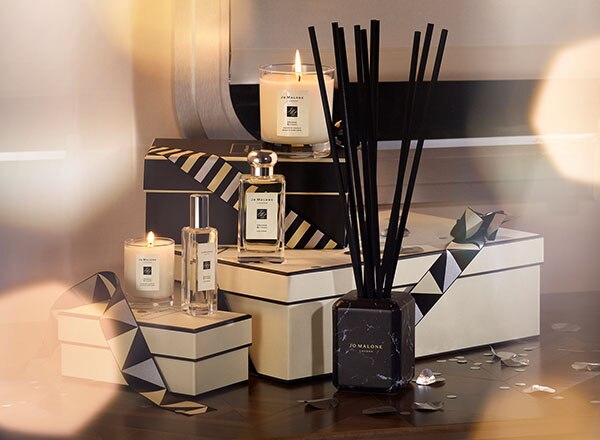Carrinho
Seu carrinho está vazio
Inscreva-se e Ganhe 10% off na primeira compra.
Inscreva-se e Ganhe 10% off na primeira compra.
Precisa de uma pequena inspiração?



The Bitter Orange is a devilishly indulgent proposition. Who doesn’t love a zesty festive cocktail of citrus fruits, rich and bright with a fiery back note? Orange is definitely the only fruit at Christmas time… Even the contrite Ebenezer Scrooge asked Bob Crachit, if he could make amends over a ‘bowl of Smoking Bishop’, a popular Dickensian punch made with bitter oranges. The Scandinavians, too, use bitter oranges in their mulled wine, glögg, and the peel adds a citrusy tang to their yuletide gingerbread. So Christmassy.
Oh yes, the bitter orange has served us well. Apart from anything else, it lays claim to the common ground between Henry VIII and Paddington Bear – their love of marmalade, that British breakfast staple. There’s a marvellous story that the bittersweet preserve gets its name from Mary, Queen of Scots who ate marmalade when she was ill – Marie est malade. It’s probably not true, but she’s not around to deny it, so…
The bitter orange, marmalade’s main ingredient, spent centuries playing global tag before it ended up in a jar next to our toast racks. The plant originated in the east – in China and India – and gradually spread to the west.
The Romans were incredibly fond of using bitter orange oil in natural remedies (amongst other things, it’s a tonic for tiredness). But it was sometime between the 10th and 16th centuries that the bitter orange is said to have arrived in western Europe. The Moors brought it to Spain, and then the Spanish brought it to the Americas.
Growing oranges was once considered extremely glamorous. The orangeries of the 17 to 19th centuries were found only in the grounds of the most fashionable establishments, and were a symbol of wealth. See? The bitter orange has enough star quality to get its own house.
Such is the spirit of our Orange Bitters Candle, which made its first appearance last year. May its citrusy bite, embraced by sandalwood and amber, spread throughout your home and linger purposefully under the mistletoe.
Compre a história